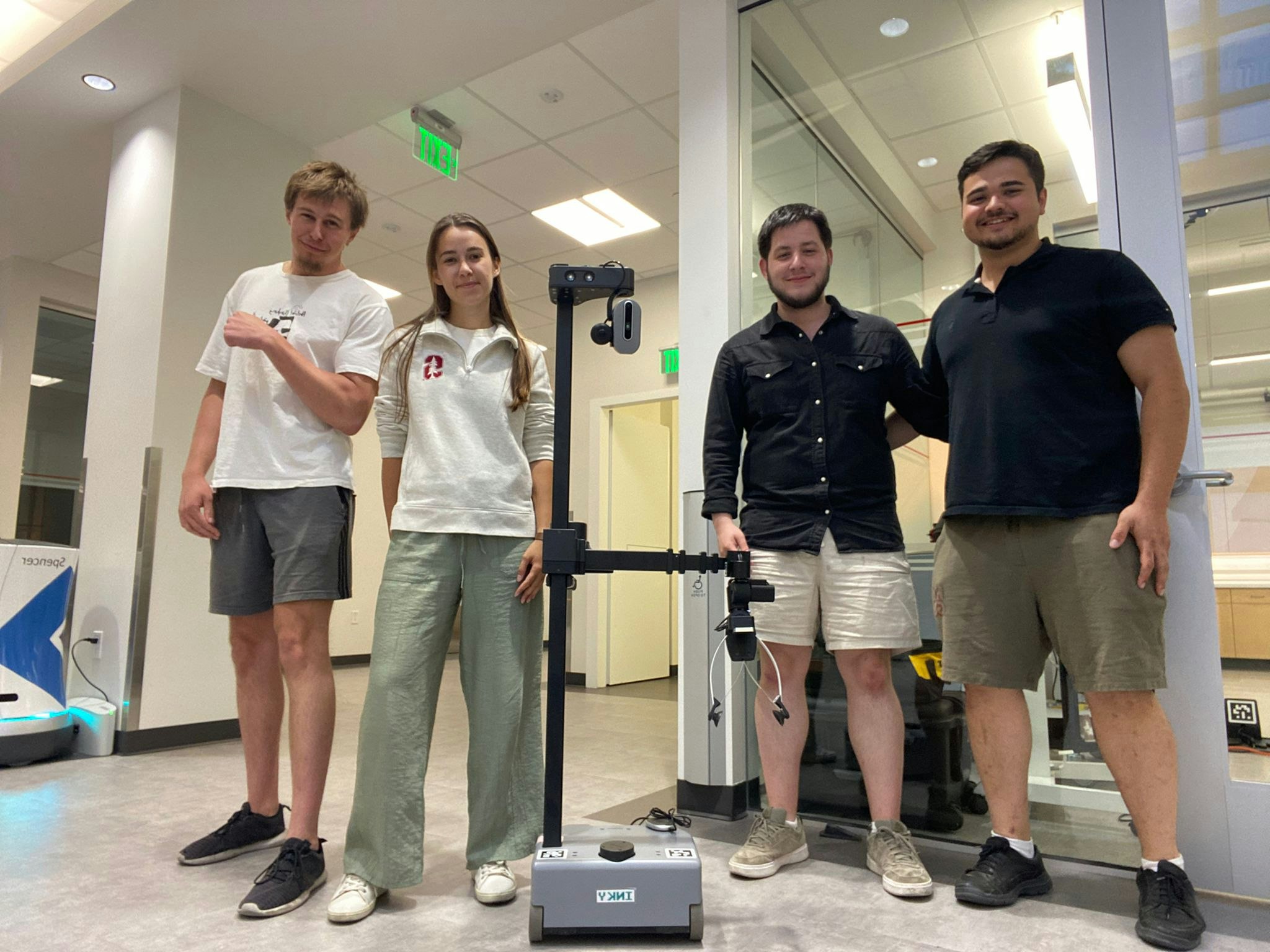Table of Contents
Overview
Imagine a future where grocery packing is no longer a chore, but a perfectly orchestrated dance of robotic precision. Smart Grocery Bot is pushing the boundaries of AI-powered automation in retail. This innovative system combines the power of large language models with robotic manipulation to revolutionize how groceries are packed, optimizing space and ensuring your items arrive home safe and sound. Let’s dive into what makes this cutting-edge technology tick.
Key Features
Smart Grocery Bot boasts an impressive array of features designed to optimize the grocery packing process:
- Combines LLaMA with Hello Robot Stretch: Integrates a powerful language model for reasoning with a versatile robotic platform for physical manipulation.
- Vision-language planning for object recognition and placement: Uses advanced AI to “see” and understand the items, planning their placement based on their properties.
- Real-time adaptive item sequencing: Dynamically adjusts the packing order based on the items being scanned, ensuring optimal space utilization.
- Optimizes for space efficiency and safety in packing: Prioritizes packing items in a way that maximizes bag space while preventing damage to fragile goods.
- Open-source robotic solution: Provides a platform for researchers and developers to explore and build upon this technology.
How It Works
The Smart Grocery Bot operates through a sophisticated interplay of vision and language processing. First, the system uses vision sensors to identify the items being packed. Then, the LLaMA-driven language model analyzes the characteristics of each item, such as its shape, weight, and fragility. Based on this information, the system calculates the optimal packing sequence. Finally, the Hello Robot Stretch arm dynamically manipulates and places the items into bags, following the calculated sequence to maximize space and ensure the safety of the goods. This dynamic process allows the robot to adapt to a wide variety of grocery items.
Use Cases
The potential applications of Smart Grocery Bot extend far beyond the grocery store. Here are a few key use cases:
- Retail and grocery automation: Automating the packing process in supermarkets and retail stores, reducing labor costs and improving efficiency.
- Robotic logistics and fulfillment: Streamlining packing operations in warehouses and distribution centers, speeding up order fulfillment.
- Warehouse efficiency optimization: Improving space utilization and reducing damage to goods in warehouse environments.
- Academic research in embodied AI: Providing a platform for researchers to explore and develop new AI algorithms for robotic manipulation and planning.
Pros & Cons
Like any emerging technology, Smart Grocery Bot has its strengths and weaknesses. Let’s break them down:
Advantages
- Highly adaptive to variable items, making it suitable for diverse product ranges.
- Efficient use of packing space, reducing the number of bags required.
- Demonstrates cutting-edge multimodal AI, showcasing the potential of combining language and robotics.
Disadvantages
- Requires complex hardware setup, which can be expensive and time-consuming.
- Currently a research prototype, meaning it may not be ready for immediate commercial deployment.
How Does It Compare?
While Smart Grocery Bot is a promising innovation, it’s important to consider its competitors. Covariant focuses on warehouse robotics with deep learning, but lacks the open-source accessibility of Smart Grocery Bot. RightHand Robotics offers similar picking systems, but without the real-time language planning capabilities that allow Smart Grocery Bot to dynamically adapt to different items. This unique combination sets Smart Grocery Bot apart in the field of robotic automation.
Final Thoughts
Smart Grocery Bot represents a significant step forward in the development of AI-powered robotic systems. While it’s still in the prototype phase, its ability to combine language reasoning with physical manipulation opens up exciting possibilities for the future of retail, logistics, and beyond. As the technology matures and becomes more accessible, we can expect to see it play an increasingly important role in optimizing efficiency and reducing costs across a wide range of industries.
